This is a systematic and critical study of evolution of Hindu social polity and organization over a period 2000 years. As a result of great displacements and migration in history, wave after wave of different races entered India, fought fierce and sanguinary battles, founded opulent and extensive kingdoms, and mixed and mingled with the inhabitants of this land. The migration of Aryans and the deluge of foreign hordes like the Yavanas…." Whose contact exerted the only beneficial influence invasion"…, in Sakas , the Kushanas and several others in laster times have all led to large ethnic intermingling with indigenous inhabitants with the result that the Indian population is mixed as in every other country and its nationality is the synthesis of all races." In this wonderful variety and richness lies the tenancious vitality as well as the unique power of assimilation and resistance to foreign encroachment and the historic continuity of her consciousness. Dismissing the generally accepted notion their Buddhism was rooted out of India by fanatical Brahmanism, the author argues that in fact it was the scythian onslaught on Buddhist institutions, their pillage and spoliation of the monasteries, massacre of the monks and the brutality and violation of the Bhikshunis that led to its eventual disappearance from India. The infuriated, but helpless populace felt the necessity of the organization of the kshatriyas to rid country of these foreign monsters. The following centuries gave India a necessary respite during which the Hindu social organization which was still strong enough to absorb and assimilate these foreign barbarian tribes, was elaborated systematised and firmly,reestabilished. The author examines this grand process under four heads: myth, language, script and caste. Myths are born when a people unconsciously adapt the racial intelligence to cosmic laws and constitute the source from which their religious and moral values flow. The Hindu myths have been studies in detail in comparison with the myths of other peoples and civilization with a view to establish the basic unity of the mythical idiom. The evolution and structure of Indian language and scripts and their role in providing a uniform , standardized literary medium have been highlighted. The author attempts a profound critiques of the Hindu caste system and argues that it acquired a rigidity because it became crystalised and stratified in the social organization before there was complete amalgamation and fusion of races as in other societies. The several threads that run through the essay are collected and knotted in the last chapter which examines the characteristic features of the Hindu social organization against the backdrop of its historical evolution.
A Study in Hindu Social Polity
In stock
Free & Quick Delivery Worldwide
reviews
Bibliographic information
Title
A Study in Hindu Social Polity
Author
Edition
Reprint
Publisher
Length
vi+293p. 22cm.
Subjects

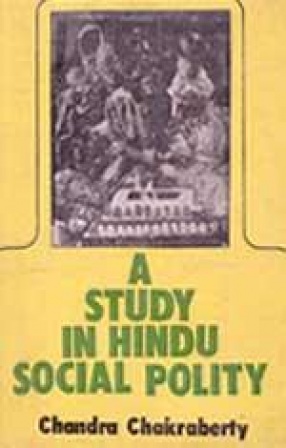
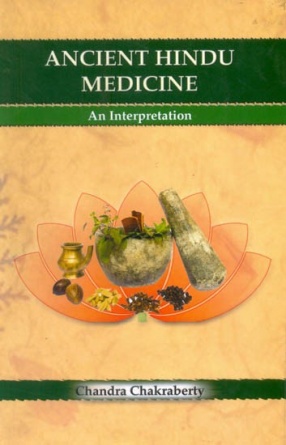
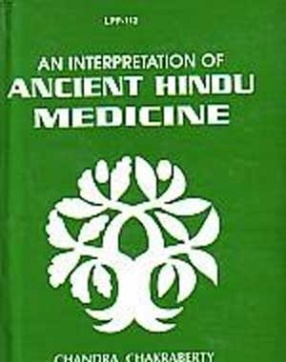
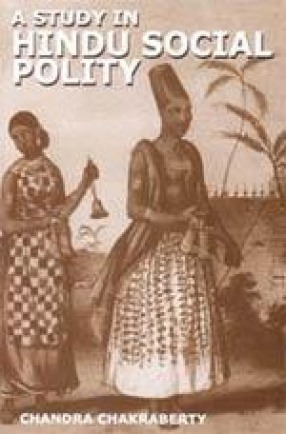


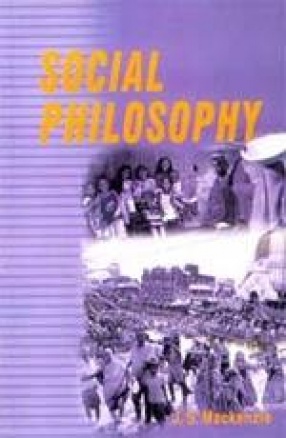
There are no reviews yet.